
White Robed Monks in the Rain, 300 Rhode Island Avenue, NW, Washington, D.C. Photo courtesy of Chris Suspect. Used with permission. All rights reserved.
Other than war journalism, street photography is one of the hardest to shoot.
As Hyattsville’s own Chris Suspect notes, “the action is often quick and fleeting” and many photographers are already reticent to take pictures of strangers in public.
In a recent email interview, he gave us 10 tips for better street photography:
1. Don’t use a big DSLR. It’s too obvious and much slower of a camera then a rangefinder or a point and shoot.
2. Study how light affects your images and what settings are best for shade, sun and clouds. Overtime you will be able to set your camera instinctively without having to check a light meter.
3. Don’t hesitate. If you see something that interests you, take the photo. If you wait a second the moment may be lost.
4. Don’t ask permission to photograph someone (this view is certainly controversial, but legally you don’t need to, plus it makes for better candids and you aren’t changing the dynamics of the situation.)
5. Be respectful of the people you shoot. If they ask what you are doing be honest and tell them what attracted you to shooting them in the first place, whether it’s their funky sense of style or you thought it was an amusing or touching situation. Offer to email them the image if they ask for a copy. If they totally object tell them you will delete the photo or not use it (in the case of film).
6. Know your rights as a photographer and the laws of the countries you shoot in. Photographers are not terrorists, but many people, police and security guards will often tell you can’t photograph something based on “security” reasons. It’s also better to walk away then argue with police over what you legally can do and risk getting detained or arrested. Get their badge number and name and report them after the fact. I have to say though, Washington, D.C., police are great about photographers and will defend your right to shoot in public.
7. Don’t chimp. Never look at the image you shot on your digital camera’s viewfinder. There is time for that later when you import your photos. Time spent chimping means breaking your concentration and missing potential opportunities.
8. Study a lot of street photography books, sites and blogs to understand what makes a street photograph great. Avoid cliches (like shooting homeless people) and try to add something new to the genre.
9. Learn how to edit your images, meaning only post/publish the best ones. No one needs to see all of your failures. More than 99 percent of the shots you take in the street are probably less than great. However, make sure to spend time studying those shots that could have been better and figure out how you can adjust next time a similar opportunity comes along.
10. Even though street photography may seem random, try to create projects for yourself to develop your eye. For example, try to focus on shooting certain colors or patterns, look for uncommon situations or gestures, capture absurd associations with people and their environment, etc. Overtime you will naturally find subject matter that is unique to your eye.
Read his blog, Suspect Device. Or check out his favorite sites on street photography: Burn, American Suburb X, Street Reverb, Magnum Photos, FlakPhoto, Lens Culture, New York Times Lens, Leica Camera Blog, iN-PUBLiC and Hardcore Street Photography.









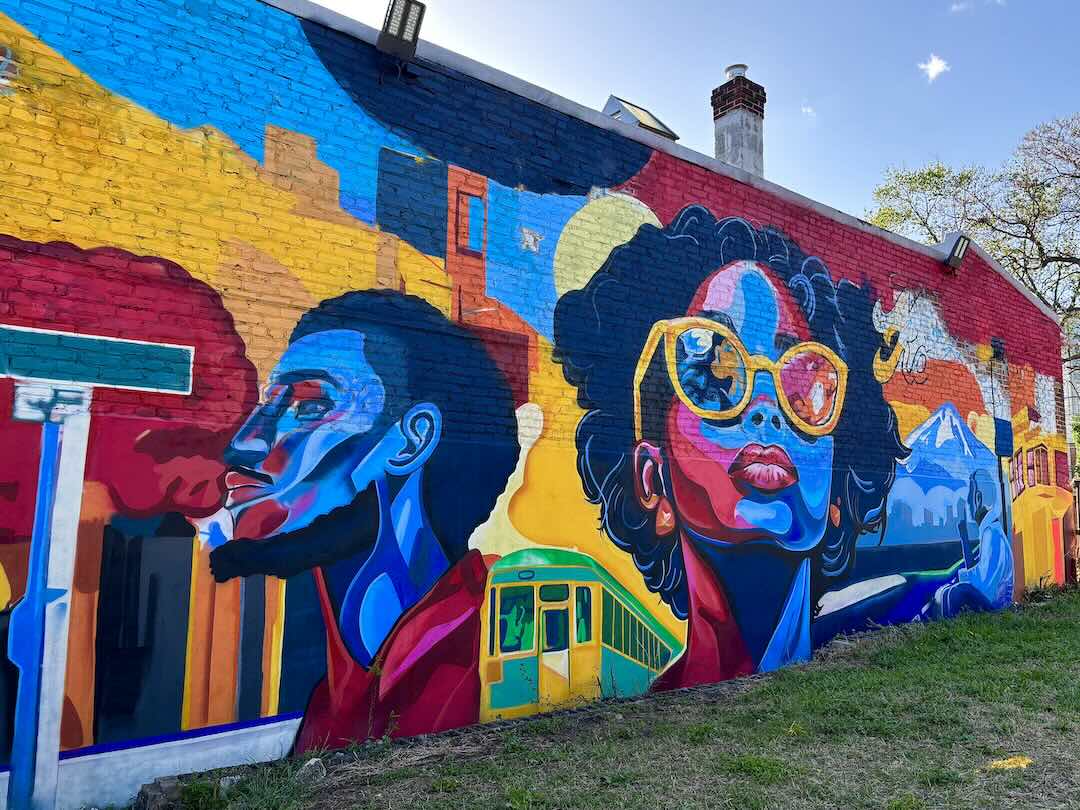
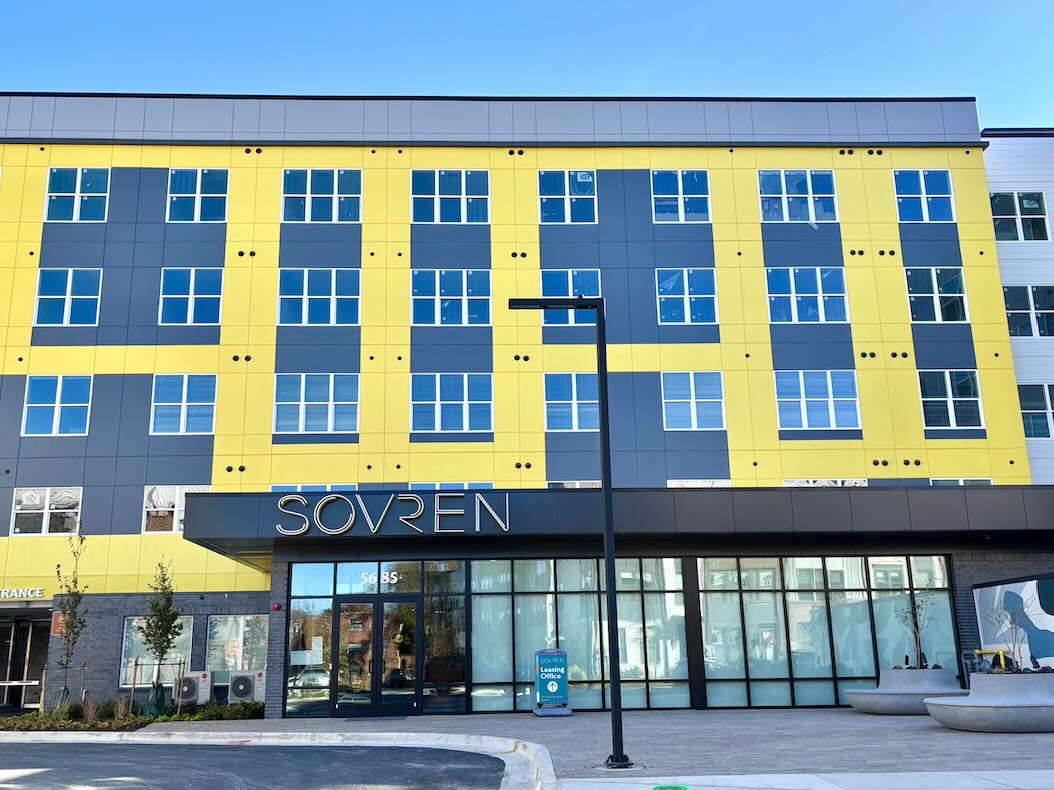
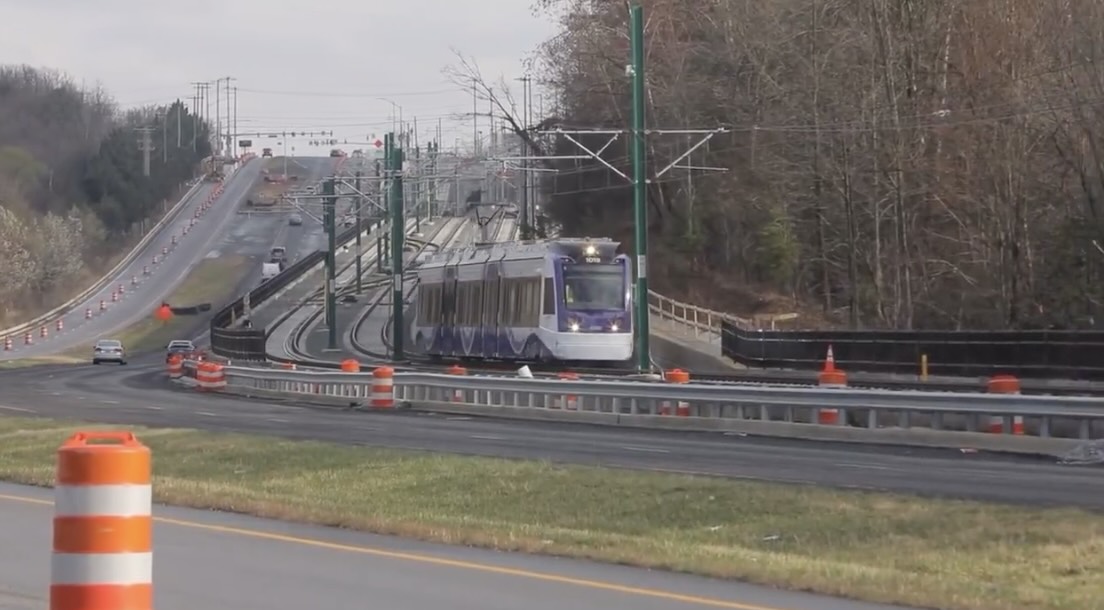


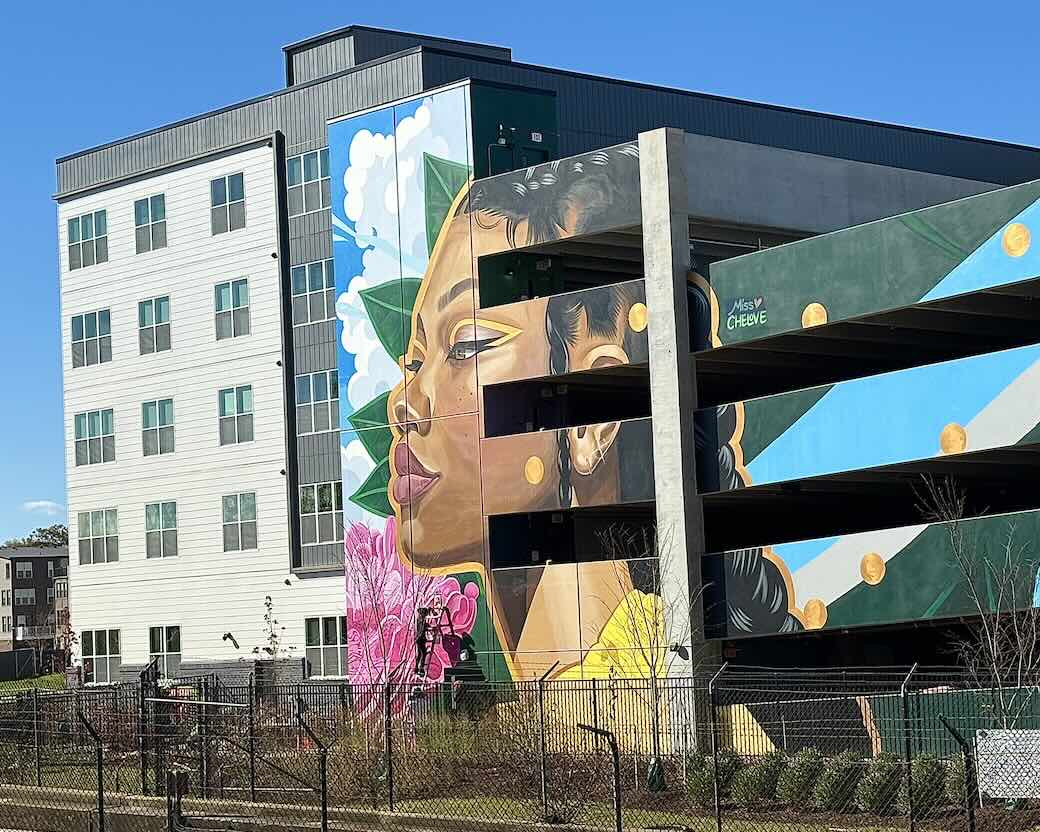
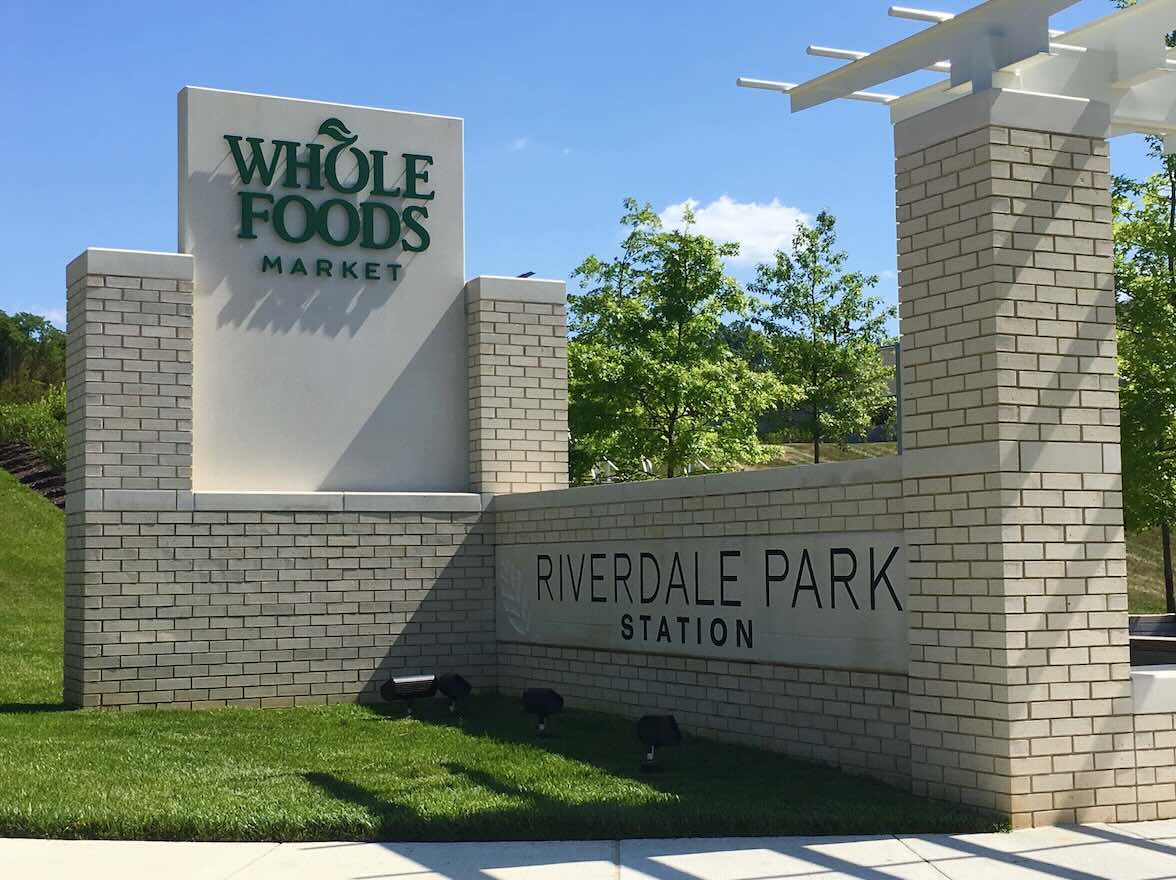
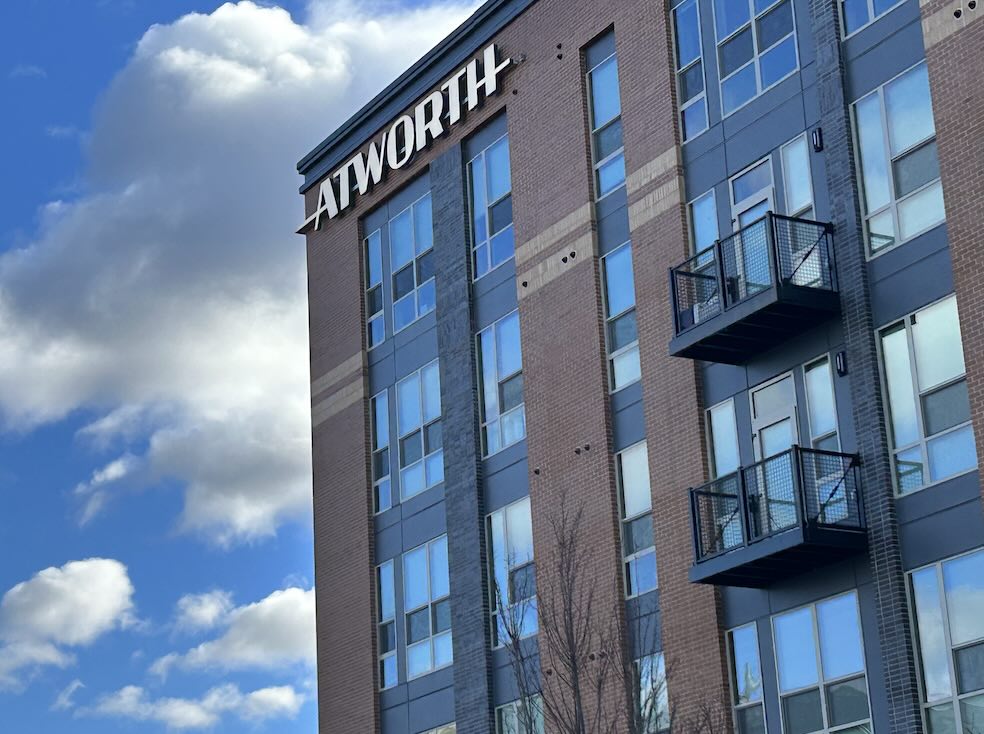


1 Response to Ten Tips on Street Photography